What is re-wilding?
We live in a country of degraded landscapes. Many of them are considered beautiful, and many of them we have decided to conserve in their current state. Our mountainous areas, which many people think of as wild, have seen mining, forestry, farming and development at numerous times and in different ways, and they have all affected what the country looks like today. As these industries have prevailed, though no doubt providing jobs and livelihoods for thousands of people, habitats have been destroyed, species driven away or even driven extinct, and the natural processes of the land have been replaces by artificial ones.
A movement has grown up that wants to 're-wild' many of these landscapes. Re-wilding is considered different to traditional conservation because conservation is seen as having a more managerial approach, constantly attempting to keep a landscape as it is and preserve the human, as well as the natural ingredients. Re-wilding is about returning a landscape to the state it was in before humans modified it, bringing back locally extinct species and allowing nature to run the show. This is the true meaning of the word 'wild', an animal or a landscape that is 'self-willed' and changes according to its own rules.
There are many examples of re-wilding schemes already taking place, such as the reintroduction of beavers to several parts of the country, the work done by Scottish organisations to increase the extent of natural pine forests, and other schemes such as Wild Ennerdale in the Lake District. For this last scheme, dams were removed from streams, forests were unfenced, and grazing by sheep reduced, so that now the forest can expand at its own pace, held in check by natural forces rather than man-made ones. I would say that this has made a huge difference. Seeing saplings growing where they can rather than in regimented forestry squares is an experience of how a landscape should be.
The major conflict that is now developing is between re-wilders who want to work on a much greater landscape scale, and the people, mostly upland sheep farmers, grouse moor owners and deer estate managers, who currently work there. Whatever your views on these industries, there is no doubt that they change the landscape considerably, and it surprises some people that areas they thought were natural are actually artificial. Remove sheep farming from the Lake District and the woodlands would creep uphill, creating a more diverse flora with corresponding effects on animals. Prevent people from managing the upland moors of England by burning them, and trees would also establish, in a similar process of succession. Indeed, many of the effects of re-wilding revolve around allowing trees to grow where they naturally would, something that has been in the news recently as a possible method of flood prevention.
There is no doubt that people love aspects of the managed landscape. The upland sheep farms are part of the picture we all have of Britain, and the vast blank moors that turn purple with heather in the late summer are engrained as what we expect to see. That, however, doesn't mean that they're natural. There is a deep disconnect in appreciating nature but feeling comfortable that vast areas of our uplands are kept in a state of ecological destitution. Re-wilding is a movement that is gaining momentum as people realise how are uplands are impoverished, and the potential they have to become wild habitats again. It's a long time since we fought for and won access to the hills, now perhaps it's time to fight for the hills themselves.

